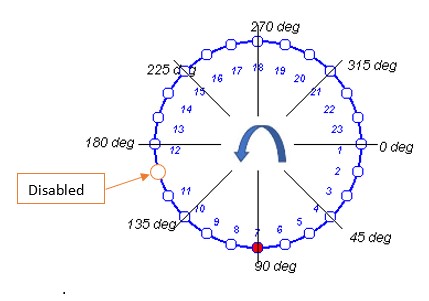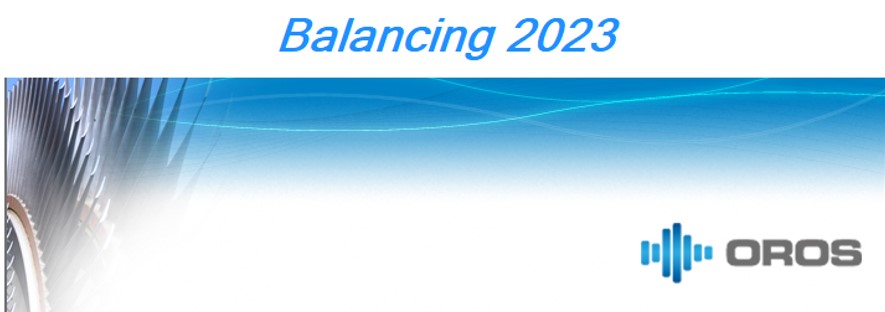Balancing Manual
Balancing 2023 : What's new?
Balancing software is continuously improved to take into account the restraint of the field such as the impossibility to install a weight on the rotor, or use the own weights or comply some balancing custom rules.
Disable some rotor positions
Rotor positions can be disabled in the correction prognosis: Indeed, there are multiple reasons in situ to not be able to add new correction masses at certain positions.
Installation guide
Equipment required for the installation
• Before proceeding to the Balancing installation, NVGate should be installed (Refer to NVGate User’s Manual).
• Software CD or USB stick containing OROS Balancing and the online help.
• A dongle dedicated to OROS Balancing software in case of floating license.
| Header text | Headceerrext | Header text |
|---|---|---|
| Example | Example | Example |
| Example | Example | Example |
| Example | Example | Example |
Software licensing
LICENSE on instrument: ORNVS-BAL-I
If you are using an instrument-locked license, the OROS hardware (OROS 3-Series analyzers) is used to allow the software operation. Your selected OROS analyzer should be connected when using the balancing solution. To update the license, use the delivered USB stick to update your hardware key. For details about this procedure, refer to your Analyzer installation guide from the OROS wiki web page.
FLOATING LICENSE: ORNVS-BAL-FD If you are using a floating license, you should plug your USB balancing dongle when using the software (online or offline). The floating license will allow you to use your balancing software on any of your analyzers. For the floating license, an updating of your hardware keys may be required. If it is the case, use the delivered USB stick to update your hardware key. For details about this procedure, refer to your Analyzer installation guide from the OROS wiki web page.

